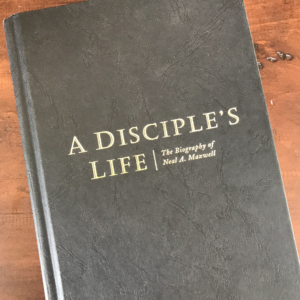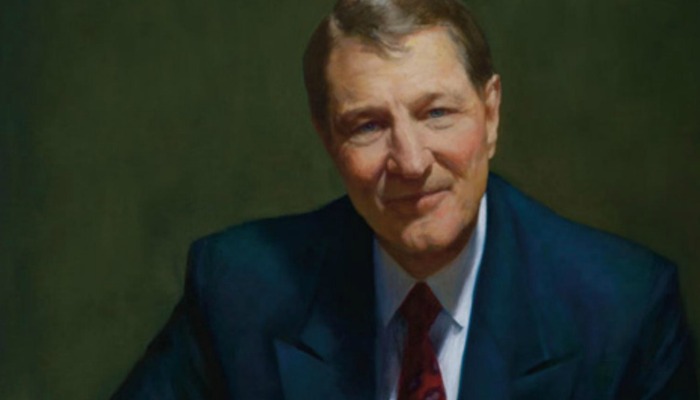Are we related? We could be cousins . . .
Are we related? Over Thanksgiving I found out I’m related to 12 of the 102 Mayflower passengers (5 directly), so if you have any connections there chances are good we could be cousins.

How did I find this out?
www.RelativeFinder.org
Join my group and lets find an answer to the question “Are we related?”
The password is my first and last name together (this website without the ‘www’ and ‘.com’) — all lowercase, no spaces.
Even if we aren’t related, Relative Finder will show you if you’re related to a large basket of famous authors & poets, saints and popes, composers, entertainers, movie stars, sports figures, U.S. Presidents and their families, signers of The U.S. Constitution, signers of The Declaration of Independence, European royalty, scientists and technologists, and more.
FYI, if you’re a family history / genealogy noob . . . “3rd cousins twice removed” explained:
Your first cousins are the children of your parents’ siblings, i.e. your aunts & uncles’ kids. First cousins because you are the first generation down from the sibling connection.
Your second cousins are the kids of your parents’ cousins, or your grandparents’ siblings’ grandkids. Second cousins because you are two generations away from the sibling connection.
Now, your second cousins’ kids, what are they? Your second cousins, once removed. “Removed” just means however many generations down the ladder on either side. The smallest number of generation lines to the sibling connection is the “___ cousin” and the “___ removed” counts the rest.
So when my second cousins’ kids have kids … they will be my second cousins twice removed.
My Grandpa Doug‘s line goes way back to early U.S. colonial days so I’ve got some cool connections, a lot of which are through him. People including Oliver Wendell Holmes, Emerson, Thoreau, Steinbeck, Elvis, Harry Truman, Jefferson, the Bushes, Johnny Carson, Carrie Fisher . . . lots of people.
Pretty cool to find these things out.
If you need a hand getting into the group or set up with anything, post a comment.
Have fun, cuz.























